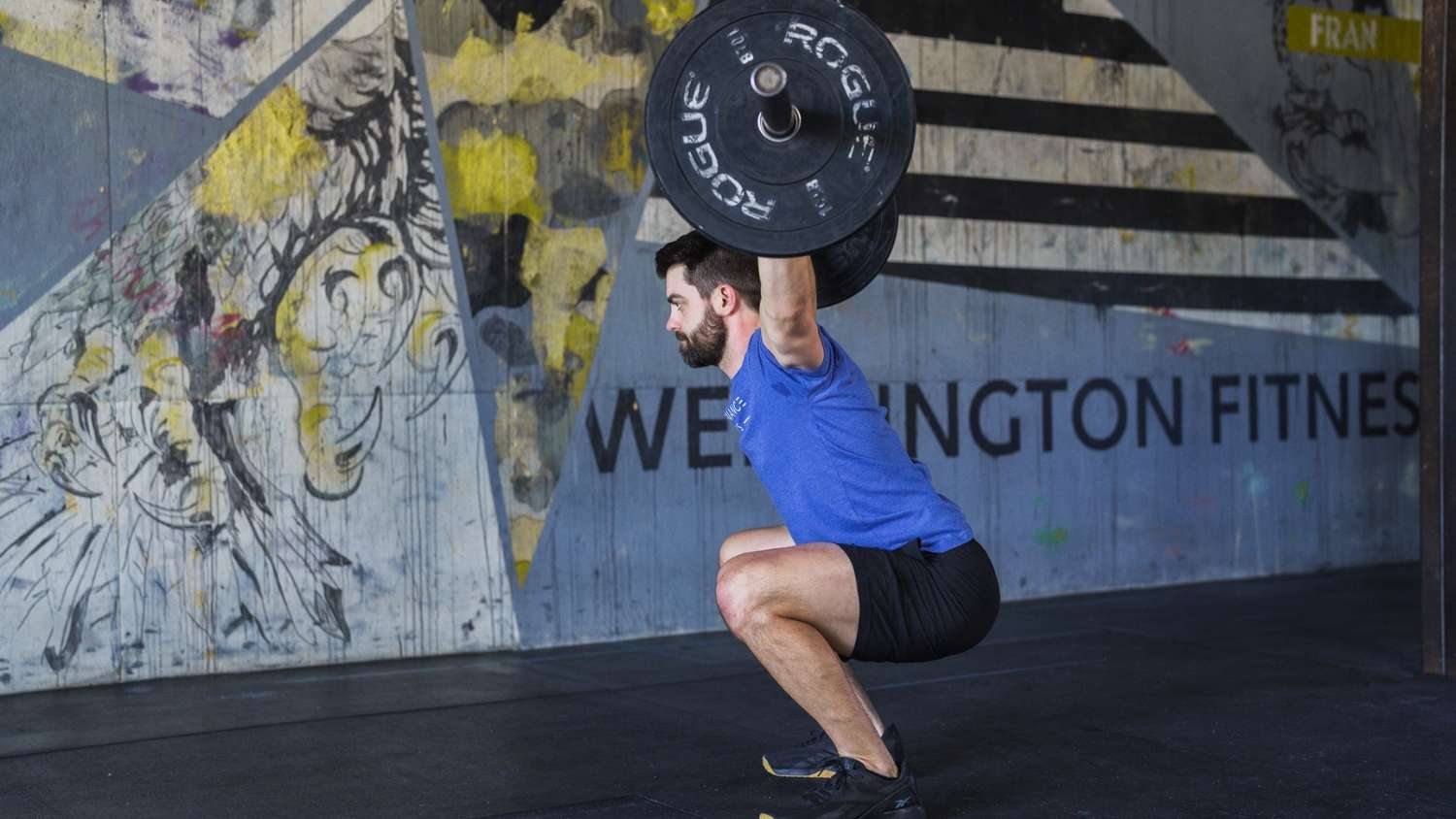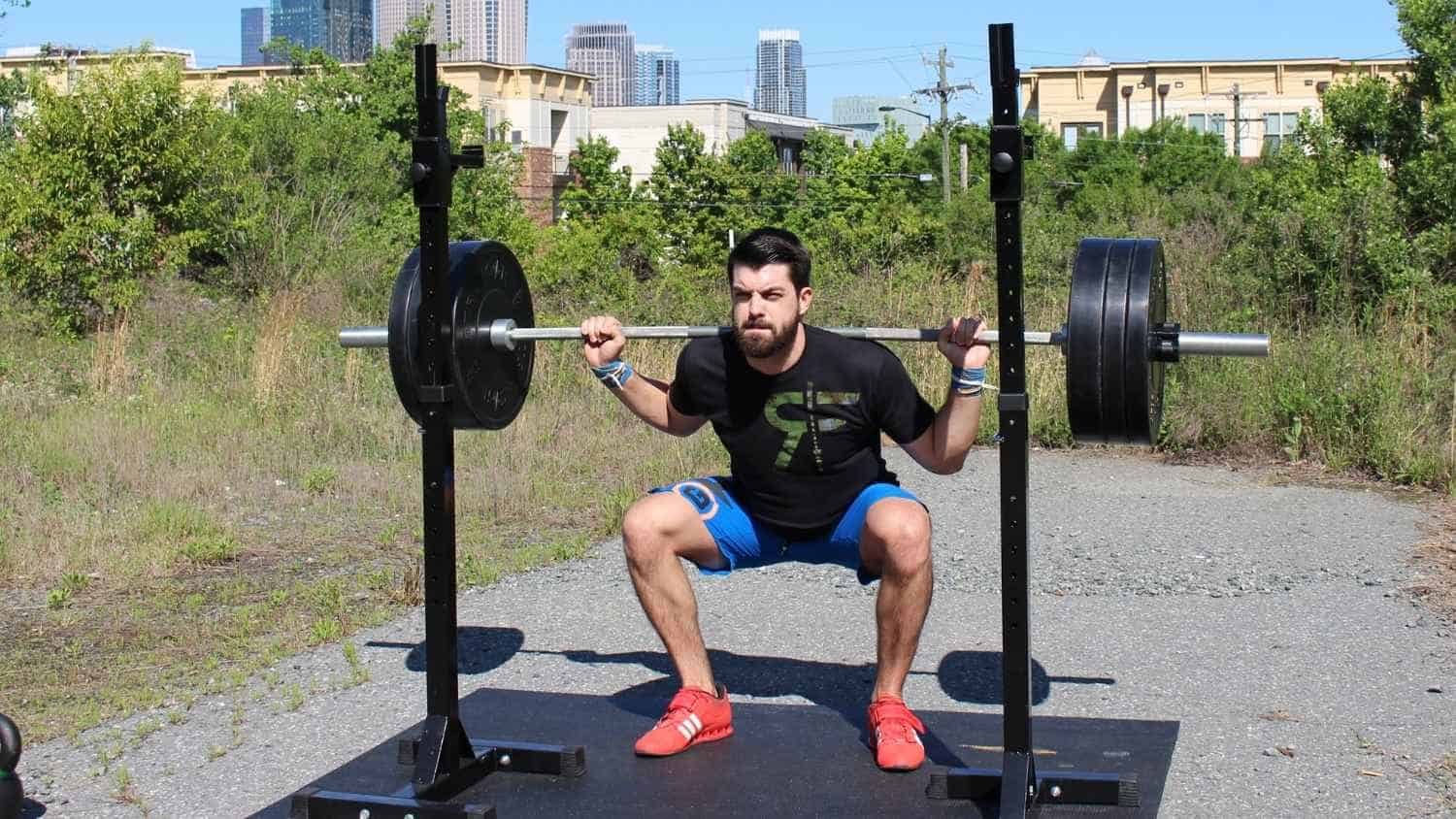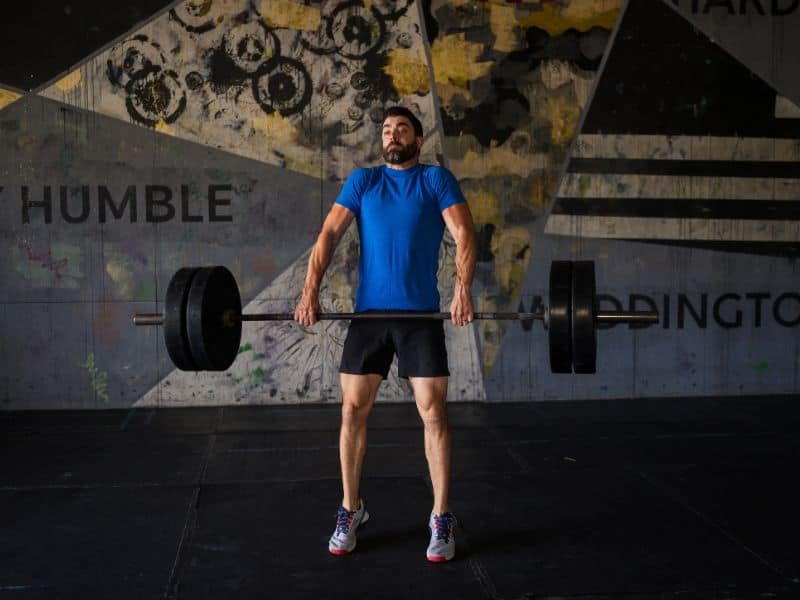Weightlifting Calculator for Strength Ratios
Understanding how your strength compares across different lifts provides valuable insights into your athletic abilities. These comparisons provided by our weightlifting calculator highlight both your strengths and areas for improvement, enabling you to create a more targeted and effective training plan. While these ratios are not perfect—factors like body proportions and mobility can significantly influence how naturally skilled you are at certain lifts—they remain a helpful assessment tool for most athletes. Use the weightlifting ratios calculator below to evaluate your performance as a CrossFit athlete or weightlifter, and refer to the rest of this article for actionable insights to optimize your training approach.
THE WEIGHTLIFTING RATIOS CALCULATOR
Input your current maxes and click calculateSnatch : Back Squat
Front Squat : Back Squat
Back Squat : Deadlift
Clean & Jerk : Front Squat
Clean : Back Squat
Clean : Deadlift
Snatch : Clean & Jerk
Strict Press : Push Press
Push Press : Jerk
Overhead Squat : Back Squat
What Your Ratios Reveal About Your Lifting Abilities
Athletes with larger cleans and snatches relative to their squat tend to excel in technical proficiency with the Olympic lifts. Their ability to efficiently transfer power, combined with a high level of explosiveness, allows them to maximize performance in these movements. Additionally, these athletes are often more experienced, which helps them execute the complex mechanics of these lifts with consistency and precision.
Conversely, a significant gap between cleans or snatches and squats may point to areas needing improvement. This can indicate a lack of technical proficiency or limited explosiveness, even in athletes who possess significant overall strength. Such gaps are also common among those newer to Olympic lifts as they work to develop the skills and explosiveness necessary for optimizing performance.
Key Weightlifting Calculator Ratios
Snatch : Back Squat Ratio (60-65%)
Athletes aiming to improve their snatch while falling below this ratio should prioritize technical proficiency in the snatch. Refining technique can yield the most noticeable improvements.
Front Squat : Back Squat Ratio (85-93%)
Although closely related, the front squat and back squat place different demands on mobility and strength. Athletes with excellent ankle mobility often excel in the front squat, which emphasizes the quads more than the back squat. Conversely, the back squat engages the hips more. Additionally, the front rack position in the front squat often exposes weaknesses in thoracic spine extensor strength, making this ratio a good indicator of those areas.
Back Squat : Deadlift Ratio (80%)
This weightlifting calculator ratio is heavily influenced by an athlete’s anthropometrics, such as the relative lengths of their legs and torso. Athletes with long torsos and short legs are naturally better suited for squatting, while deadlifts often favor individuals with longer legs and arms. A weaker lower back can also lower this ratio relative to the squat. Incorporating accessory exercises to strengthen the lower back can greatly improve this ratio.
- Bulletproof Back Builder - accessory strength training for spine strength
- Deadlift Anthropometrics article
- Squat Anthropometrics
Clean & Jerk : Front Squat (85-90%), Clean : Back Squat (80-85%), and Clean : Deadlift (70-75%)
These ratios help determine whether an athlete should focus on improving maximal strength or refining Olympic lifting technique. If these ratios are low, prioritizing technical proficiency in the clean and jerk may yield better results than solely increasing strength.
Snatch : Clean & Jerk Ratio (80-85%)
If you can only focus on improving one Olympic lift, this ratio can guide your decision. A lower ratio suggests the snatch may need more attention to balance your overall performance.
Strict Press : Push Press Ratio (70-75%)
This ratio compares upper body pushing strength to lower body explosiveness. A low ratio suggests that you may benefit from increasing strict pressing strength through additional upper body pushing exercises, deltoid hypertrophy, and triceps strengthening.
Push Press : Jerk Ratio (75-85%)
This ratio highlights the balance between strength and technical ability. While the push press incorporates lower body explosiveness, the jerk requires speed and coordination to drop under the bar and stabilize overhead. A low jerk relative to the push press indicates that developing speed under the bar should be your primary focus.
Overhead Squat : Back Squat Ratio (65-70%)
The overhead squat typically lags behind the back squat due to the unique challenges it presents. The barbell’s placement overhead tests both shoulder mobility and stability, along with core strength. If your overhead squat ratio is low, use the mobility tests in our Ultimate Mobility Checklist to identify and address any limitations. Improving your mobility will set the foundation for better performance in this demanding lift.
By analyzing your weightlifting ratios using this weightlifting calculator, you can uncover specific areas for growth, whether it’s improving technical proficiency, increasing explosiveness, or addressing mobility deficits. Use these benchmarks as a guide to unlock your full lifting potential!




